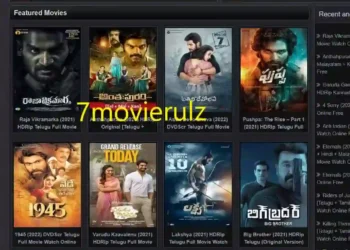Gone are the days of relying solely on face-to-face interactions and cumbersome manual processes. Instead, digital communication tools have emerged as a revolutionising force, providing new opportunities to connect and collaborate with team members worldwide. With their ease of use, speed, and versatility, these tools offer a glimpse into the future of teamwork. In this article, we will explore the power of digital communication tools and how they reshape how teams work together, fostering efficiency, productivity, and innovation like never before.
Leveraging Managed Services for Seamless Team Collaboration
Digital communication tools have become a driving force in improving teamwork by enabling efficient and effective collaboration regardless of geographical limitations. With Microsoft Teams Managed Services, teams can leverage these tools’ power while ensuring smooth operations and minimal downtime.
Managed services providers can offer support and maintenance for digital communication tools, ensuring teams can use them seamlessly without worrying about technical issues. This allows team members to focus on their core responsibilities without the added burden of troubleshooting or fixing software problems. Additionally, managed services providers can offer training and support, helping teams make the most out of these tools and maximising their potential for collaboration.
By embracing managed services for digital communication tools, teams can experience a more streamlined and productive workflow. This enables team members to communicate in real time, share files and information effortlessly, and collaborate on projects regardless of their physical location. Eliminating communication barriers and seamlessly integrating various digital tools into one platform empower teams to work together more efficiently, enhancing productivity and innovation.
Breaking Down Communication Barriers in Remote Work
Geographical distance and time zone differences can create barriers to communication. This is where digital communication tools play a crucial role in breaking down these barriers. By providing instant messaging, video conferencing, and file-sharing capabilities, these tools enable teams to connect regardless of their physical location.
One of the significant advantages of digital communication tools is their ease of use. With user-friendly interfaces and intuitive features, team members can quickly learn how to navigate and utilise these tools effectively. This ensures that communication flows smoothly and efficiently without extensive training or technical expertise.
Digital communication tools enhance the speed of communication. Instant messaging platforms allow team members to exchange information and ideas in real time, eliminating delays caused by email correspondence or waiting for scheduled meetings. Video conferencing enables face-to-face interactions, facilitating more personal and impactful communication, which can be crucial for building rapport and trust within a remote team.
Customizing Communication Tools for Diverse Team Needs
Customising communication tools for diverse team needs is essential in today’s global and multicultural working environment. Different teams may have varying communication preferences and requirements, and it is crucial to consider these factors when choosing and implementing communication tools. By tailoring these tools to suit the specific needs of each team, organisations can foster better collaboration, productivity, and engagement.
One way to customise communication tools is by allowing team members to personalise their settings and preferences. This can include choosing the language and interface of the tool, adjusting notification settings, and customising the layout and appearance to suit individual preferences. Organisations can ensure that everyone feels comfortable and empowered to communicate effectively by allowing team members to personalise their communication tools.
Another aspect of customising communication tools is considering the specific communication requirements of different teams. For example, a team that works on design projects may need a tool that allows for easy sharing and collaboration on visual files. In contrast, a sales team may benefit from a tool that integrates with customer relationship management systems.
Originally posted 2024-01-16 21:59:42.














